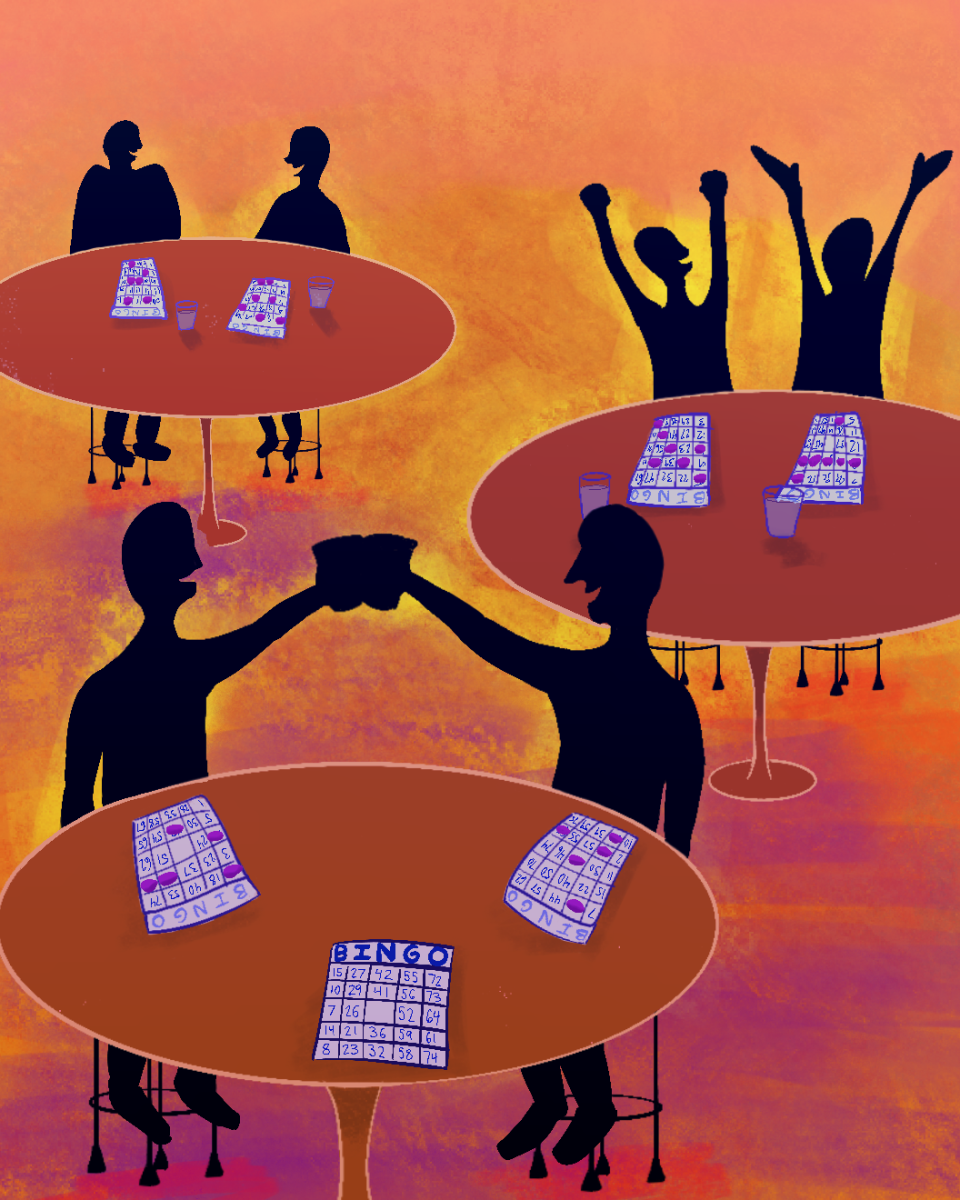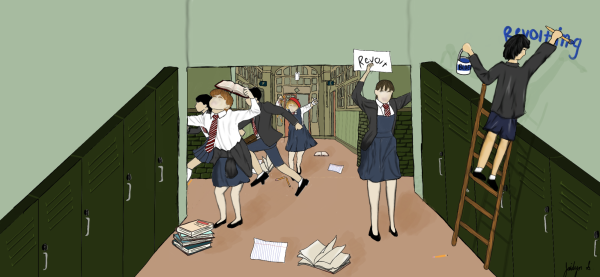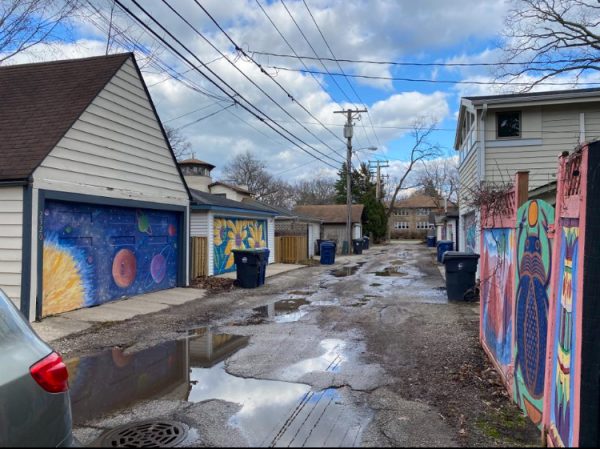From school to cinema: how exclusion and regret impact our lives
December 16, 2022
Through pain overlooked or forgotten in years of history, some directors showcase the concept of safety in communities of marginalized groups. Art can allow these situations to be examined under a small microscope and uncover parts of humanity—especially ones of race and imprisonment—and explore overall themes of belonging.
Get Out, a stunning directorial debut by Jordan Peele made in 2017, places historical Black issues into a modern backdrop with an all-to-well classic experience: meeting the parents. Disclosing themes of racism, slavery and prejudice, we follow the protagonist—Chris, played by Daniel Kaluuya—as he discovers more about the nefarious circumstances surrounding his girlfriend’s white family. In the eyes of a Black man, the over-encompassing and nearly suffocating all-white atmosphere is felt palpably throughout the film—specifically in the party scene, in which the protagonist seeks out the only other Black person to feel a sense of security.
This situation is felt through the marginalized communities of ETHS, as well. Classes that spawn close communities, especially AP classes, alienate students of color and contribute to a systematic problem where the majority of students who take advanced classes follow certain criteria. Just the concept of Advanced Placement breeds an elitist environment that cycles through decades of rich white communities. Rewarding the system by making AP classes more favorable for high-level colleges and demanding a fee to take a test that makes one more desirable for those high-level colleges leaves a large marginal gap between those privileged and those disadvantaged. The cycle continues and students of color continue to feel unwelcome in these spaces and without that sense of security.
Just as Get Out reflects the normalization of how whiteness constricts people of color, the 1994 film, The Shawshank Redemption shines a light on prison life for characters Andy Dufresne and Ellis “Red” Redding while exploring themes of hope, redemption and the concept of control hidden behind the illusion of safety. Andy is granted protection and leverage while helping the warden launder money, despite being proven innocent of his crimes. At the beginning of the film, Andy is abused by other prison mates, but by promising his well-being, the warden is able to solicit work from Andy while attempting to maintain complete control. It is Andy’s perseverance, stubbornness and unrelenting hope that fight against that control and eventually reveal the injustice in the prison system. Red is characterized by deep regret for his crime and constant rejection from parole subjected to the prison system for 40 years. The Shawshank Redemption does an excellent job showing the depth that those that have committed crimes carry beyond their one defining label and exposing the deep-rooted issues that exist in the process of incarceration. Critical moments of our adolescence, mistakes conjured up from high emotions and new responsibilities, reflect in our permanent records and permanently close doors of opportunity. A simple act of vandalism or drug conviction can force students into worse and limited situations. Even at ETHS, a trip to North Cook Young Academy makes it much more difficult to enter college or the workforce and, instead, acts as a pipeline into incarceration. Young citizens, fresh out of high school, enter the prison system and pay for petty crimes for the rest of their lives all determined by their worst moments when they were teenagers. The injustice also exists in innocent incarcerations, some unfortunately plagued with the promise of a death penalty hanging over their head for years.
A modern classic and an old classic, both written to bring attention to communities often perceived incorrectly and negatively. The institution of safety, whether that is looking into the faces of our peers or reflecting on a pillar of security in our country, can cause harm to marginalized groups. However, by encouraging that sense of belonging both systematic issues may cease for future generations.

















